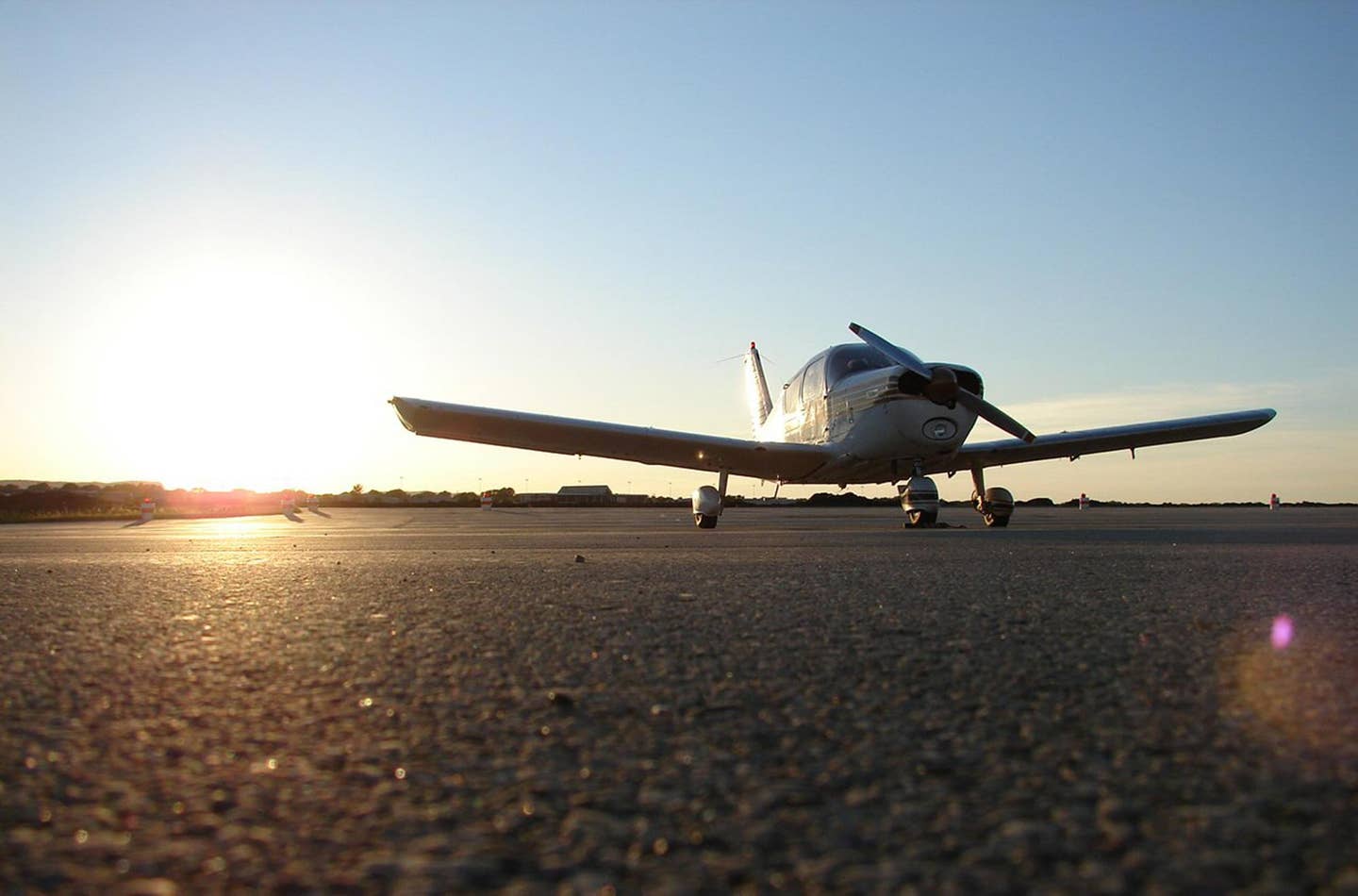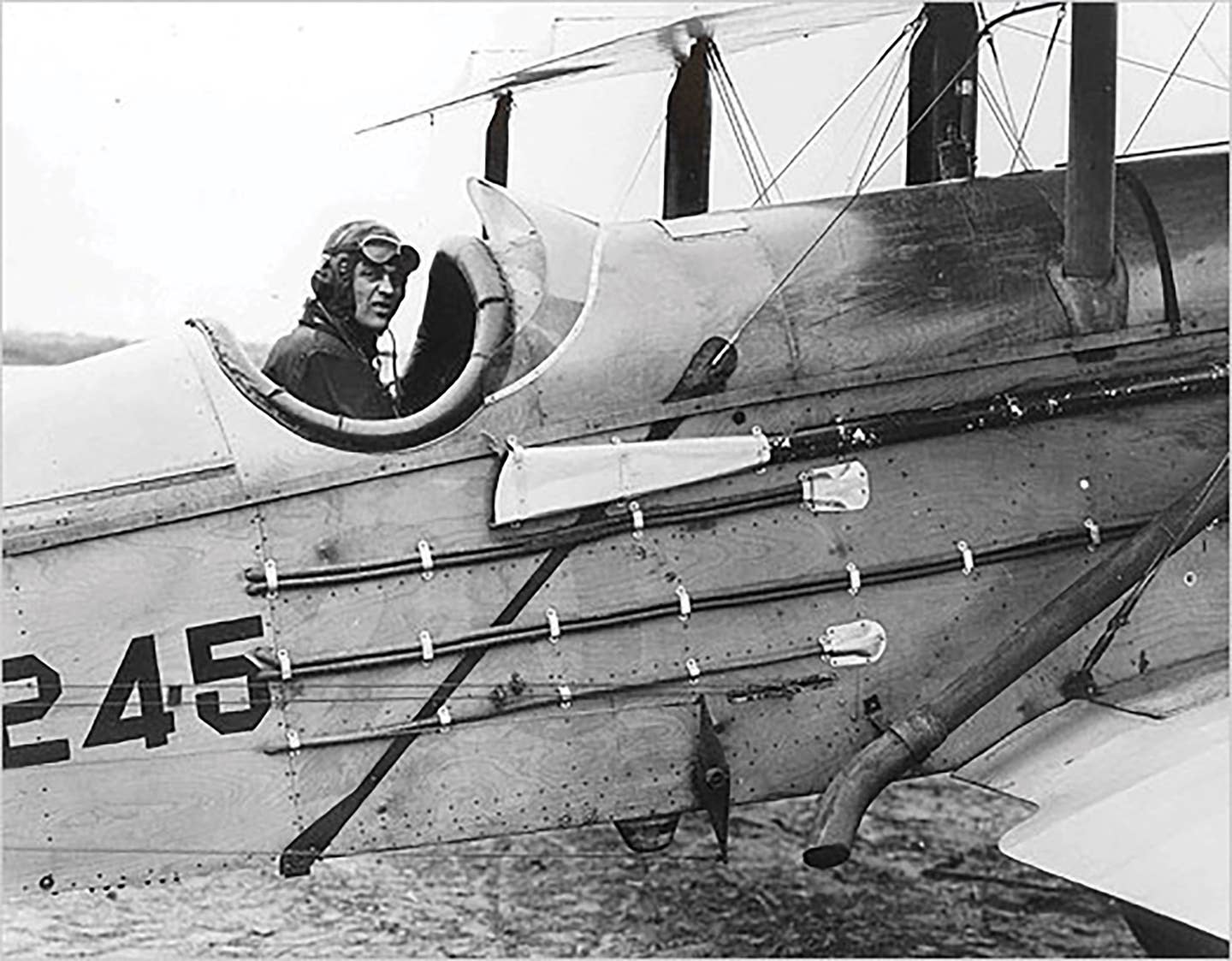Characteristics
Mooney airplanes generally fall into the “little Mooney” and “big Mooney” categories, with many, many sub-divisions. The little versions are the original designs with four-cylinder Lycoming engines, the big variants…

Mooney airplanes generally fall into the "little Mooney" and "big Mooney" categories, with many, many sub-divisions. The little versions are the original designs with four-cylinder Lycoming engines, the big variants being the ones powered by six-cylinder big-bore Lycomings and Continentals. Always focused on efficiency and speed, Al Mooney intended to exceed a top-speed criterion of 1 mph per installed horsepower. The single-seat Mite would do 130 mph or better on 65 hp, and the Mark 20 could make 160 mph with 150 hp. The 180-hp models didn't quite hit the mark, producing about 165 mph in cruise, and the 200-hp versions were only slightly faster---until the M20J 201 came along. The "muscle plane" Mooney M20Rs and subsequent models easily blow past 200 mph with their 270/280 hp engines, but they burn prodigious amounts of fuel in the process.
The Mooney wing is a legendary feature, built as a single all-metal unit since the 1961 M20B, incorporating a continuous tip-to-tip spar. Its root airfoil is a NACA 632-215 section, modified to a 641-412 at the tips. To preserve laminar flow, flush-riveting was employed until well aft of the main spar; beginning in 1968, cost containment measures eliminated some of the flush riveting, so the Mooneys from 1967 and earlier are reportedly 5 mph faster than 1968 siblings.
The fuel system in all the metal-wing Mooneys utilizes sealed fuel bays, initially holding 48 gallons but increasing to 52 gallons total after 1963, until the M20F Executive brought capacity to 64 gallons. Big-engine models hold 95 gallons. An aftermarket Monroy Aerospace mod can add 18 gallons per wing. As the sealer ages, it's not uncommon to have leaks develop, so buyers of older Mooneys need to watch for stains under the tanks. O&N Aircraft Modifications has approval to replace the wet wings with bladder tanks holding 54.8 usable gallons.

Subscribe to Our Newsletter
Get the latest Plane & Pilot Magazine stories delivered directly to your inbox






